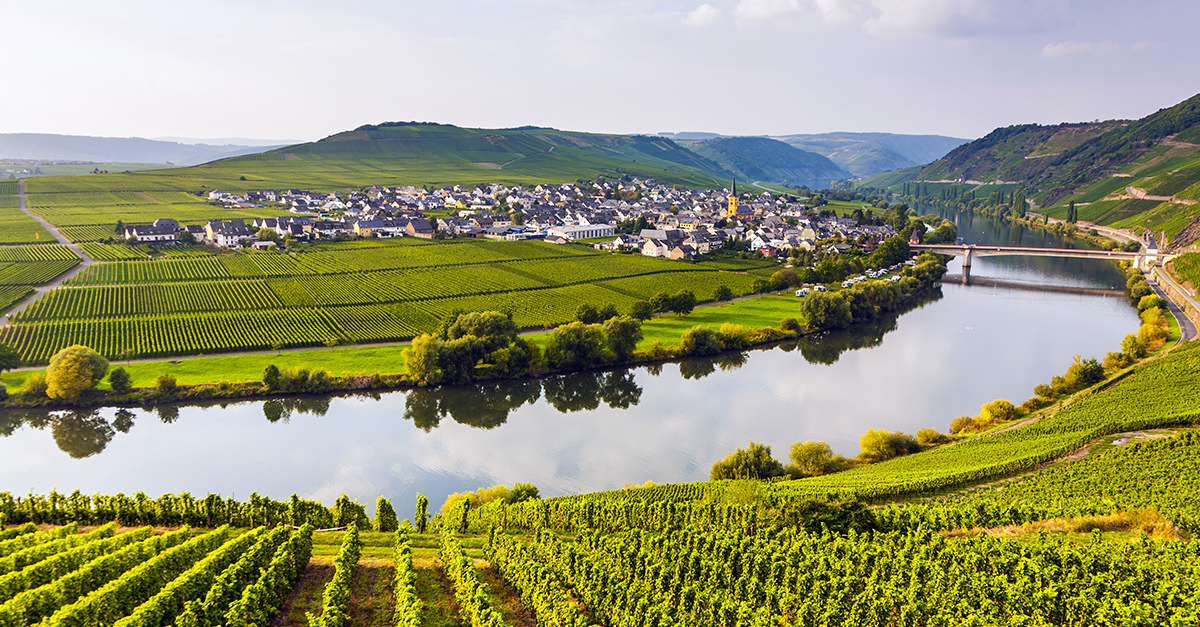Riesling: the aromatic, deliciously refreshing wine that tastes like the nectar of apples, apricots, peaches and pears and comes in the tall slender glass bottle. Usually crisp, due to its high levels of acidity, Riesling is known for its strong floral aromas.
The common assumption is that all Rieslings are very sweet, and while most Rieslings have at least a touch of sweetness, many Rieslings can be very dry as well. Whether the wine is dry or very sweet just depends on where the wine was grown.
Now that we figured out which regions produce sweet Rieslings and which produce dry, let’s get into where the wine came from in the first place.
Riesling was born in the Rhine wine region of Germany where the first reference to the wine was made in 1435 in the storage inventory of the high noble court of Count John IV of Katzenelnbogen. From its beginnings it seems the wine was the preferred elixir of German nobility, and they transported the wine with them throughout their conquests and business dealings across Europe.
Slather up some takeout with Sriracha and pop a bottle of Riesling.
Due to its popularity with nobility, Riesling was stockpiled by the caseful in cellars throughout the country; it was realized very early on that Riesling was one of the rare white wines, like Chardonnay, that was incredibly age-worthy. While most white wine is meant to be drunk very soon after bottling, high-quality Riesling can last and improve in the bottle for over a hundred years. Researches found the wine’s ability to age comes from its high levels of acidity and a chemical compound found inside the Riesling grape know as TDN. When this compound has a strong presence in the wine it can give off an almost petrol smelling aroma. While this aroma might sound off-putting, it’s the petrol aroma that many wine enthusiasts believe is how you can tell a high-quality age-worthy Riesling apart from other Riesling.
Riesling pairs well with all food types, but where it really excels is with spicy food. Your taste buds will go absolutely bonkers with the combination. Something about the spicy food and the acidic semi-sweet Riesling just works. It’s a flavor combo you have to taste to believe, but trust us, spicy food and Riesling were meant for each other. So order some spicy Indian or Thai, pop a bottle of Riesling, and let your taste buds run wild.
